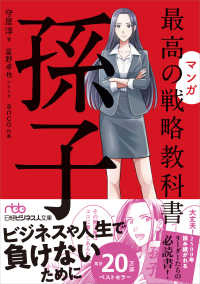Full Description
In the late 1940s investigators observed that mice given supralethai doses of total body irradiation were protected by infusion of viable spleen or marrow cells following irradiation, and that this was accomplished by hemopoietic reconsti tution with donor cells as proven using genetic markers.








